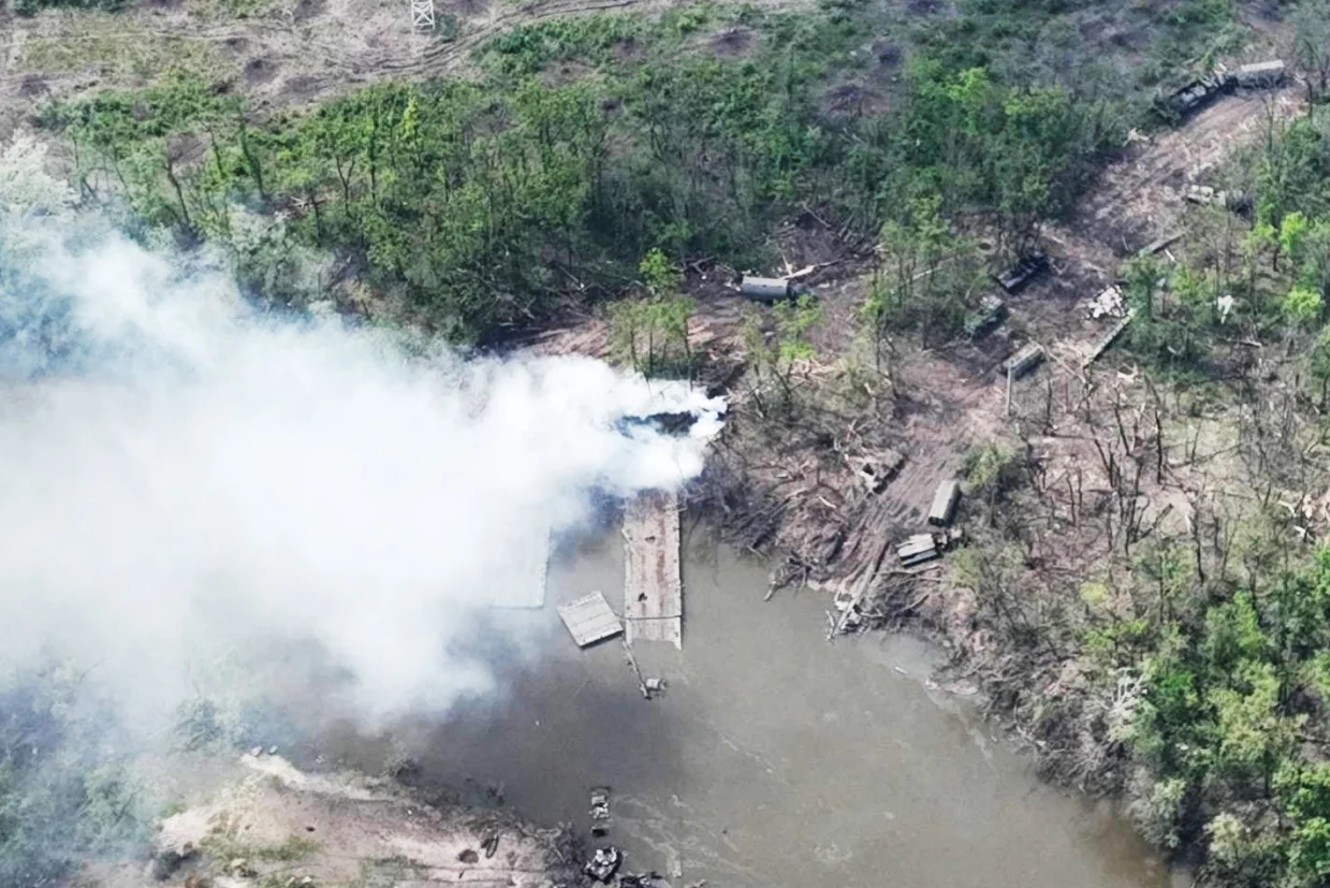The Ukrainian challenge is different than that facing the Russians. The Ukrainians are defending, and they have had deep experience in this type of operation in the #Donbas region since the invasion in 2014. Whether or not they can take the offensive at any scale in the future remains to be seen.
The Russo-Ukrainian War, as of May 24, is only three months old, which is short by the standards of any major #war. One could usefully recall that it took from July 7 to September 26 in 1941 for the German assault on the #SovietUnion in Operation Barbarossa to reach and take #Kyiv. The current war appears to be evolving into a protracted war of attrition. Therefore, the Russian strategy of limited maneuver and a heavy reliance on fires may yet be sound. They seem to be learning, as Russia analyst Michael Kofman pointed out in a recent War on the Rocks podcast. This protraction of major combat operations is also beyond the experience of serving Western officers.
At the beginning of the war, Russia’s active-duty personnel and major #weapons systems allocated to the invasion significantly outnumbered that of Ukraine almost two-to-one. Accurate casualty and materiel loss data is difficult to obtain, particularly from Ukraine, where the data is understandably considered a national secret. Nevertheless, if the numbers being reported by each combatant are in the ballpark, then these running estimates show both sides are suffering significant levels of attrition, most importantly in personnel.
If this is true, then Ukraine is potentially in serious trouble if the war continues much longer.
https://warontherocks.com/2022/05/would-we-do-better-hubris-and-validation-in-ukraine/ #military #army #iraq #afghanistan #serbia #kosovo #clausewitz #usa #nato #china
